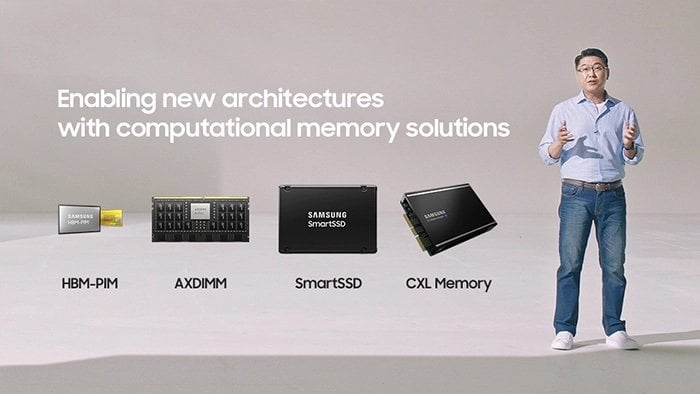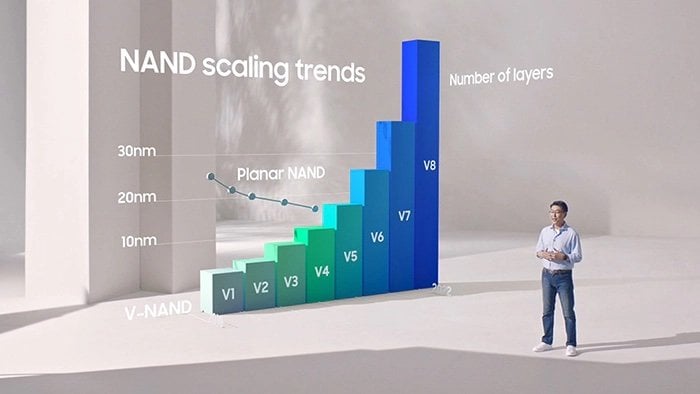electronics-journal.com
20
'21
Written on Modified on
Samsung Calls for Developmental Collaboration to Usher in a New Era of Data
Samsung Electronics, a world leader in advanced semiconductor technology, made a case today to accommodate the rise of technologies like 5G and AI, as well as the COVID-19-accelerated explosion of data, with the memory of tomorrow that will need to offer new levels of power performance and connectivity unlike anything seen before.

In a keynote speech at the 2021 Global Semiconductor Alliance (GSA) Memory+ Conference, Jinman Han, Executive Vice President and Head of Memory Global Sales and Marketing at Samsung Electronics, proclaimed that Samsung was ready to work with the entire industry to develop next-generation memory solutions that will be needed in the near future. The GSA Memory+ Conference is the Global Semiconductor Alliance’s premier event, which brings the global memory, logic and system design communities together to discuss advancing memory and system architectures.
The memory industry has long focused its efforts on satisfying demand for larger capacities and faster speeds, as well as higher bandwidth. However, in order to keep up with growing demand, the industry will need to look beyond individual innovations and assess the bigger picture. Samsung is committed to collaborating with the industry in this area and intends to lead the development of next-generation solutions.

The massive and ongoing rise in data has exposed a need for revolutionary change in memory computation and subsystems. In response, Samsung has been leading the development of technologies that can be used to give existing system architectures a much-needed update, including HBM-PIM, AXDIMM, Smart SSDs and CXL-based DRAM.
Having been the first in the memory industry to utilize EUV and HKMG process technology, Samsung is uniquely positioned to introduce in a new era of powerful memory innovations. The company has been optimizing thermal performance by advancing innovations like Hybrid Copper Bonding (HCB), while its V-NAND technologies continue to redefine how memory is stacked.
“I believe our industry will rise to this challenge not by innovating independently, but by finding solutions together,” said Han. “Going forward, we’ll develop a new IT ecosystem together that is much more powerful and sustainable, one which will be needed to architect the digital future.”
www.samsung.com

